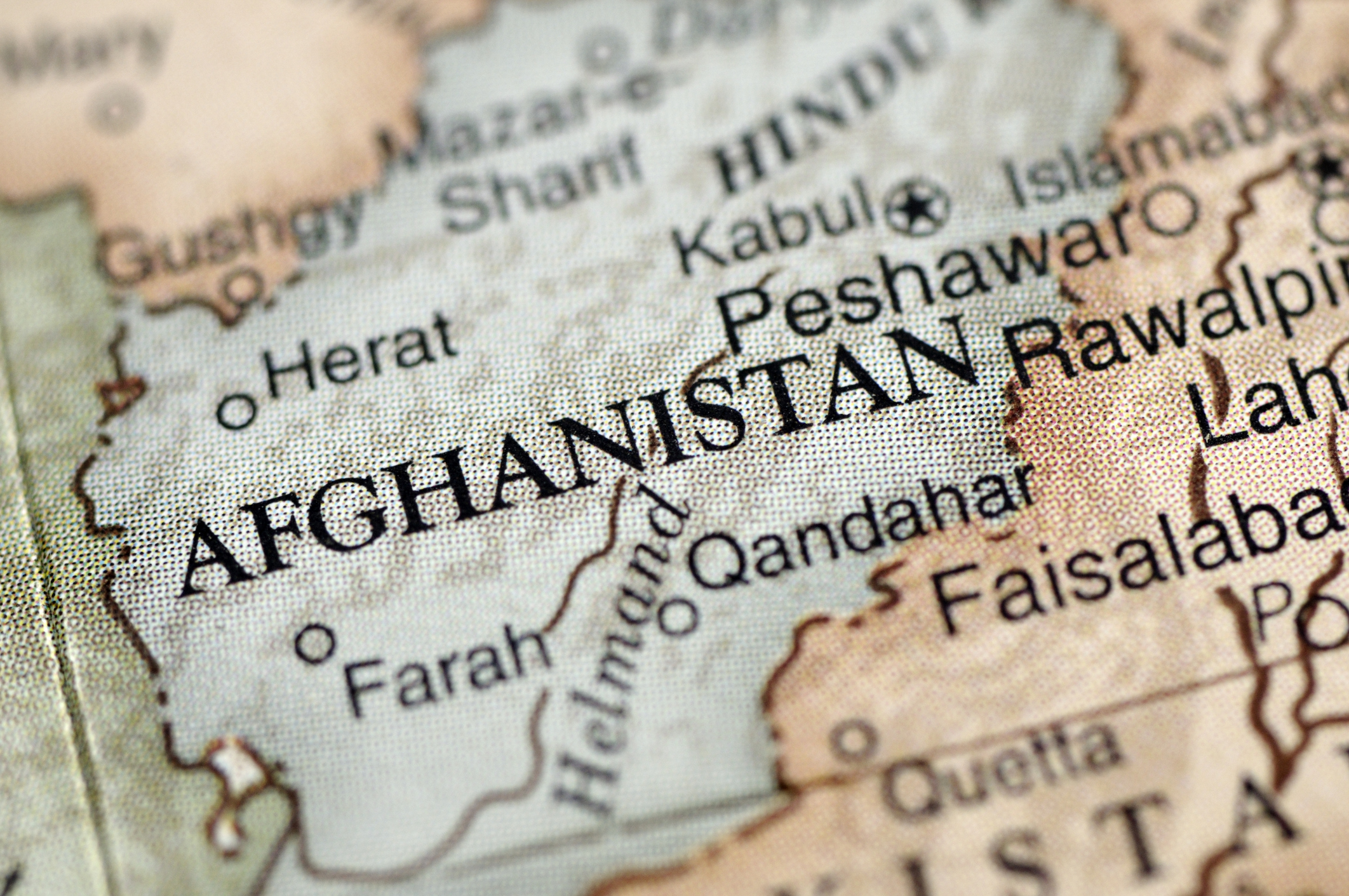On October 11th, the Taliban launched an attack on Lashkar Gah, in the South of Afghanistan. This triggered days of intense fighting, leading the Afghan authorities to estimate that 35,000 people have fled their homes to escape the violence. The renewed violence in the region has happened during historic peace negotiations between the Afghan government and the Taliban, the first to take place since violence first broke out in the region in the 1980s.
What Has Happened, And Why?
Lashkar Gah, the capital of Helmand Province, has been highly lucrative for the Taliban: Strategically placed, Helmand province exists at the centre of Afghanistan’s opium trade, and was controlled by the extremist group until earlier this month, when it was seized by Afghanistan’s government.
After the Taliban launched its attack on the city on October 11th, the US carried out air strikes against the group’s fighters. Both events risk derailing a signed agreement the US finalised with the Taliban in February, in which there would be withdrawal of US troops in exchange for improved peace and security for the region. The agreement also marked the beginning of negotiations between the Taliban and the Afghan government, which are currently underway in Qatar’s capital, Doha.
Within two days of the October 2020 attack, the UN Office for the Coordination of Humanitarian Affairs in Afghanistan stated that the major road between Kandahar and Lashkar Gah was inaccessible due to the presence of improvised explosive devices. Among the victims of this renewed wave of violence was an unborn child, said to have been struck in the shoulder by a bullet.
The Taliban and the Afghan government have frequently been involved in military conflict. The Afghan government was introduced in 2004, effectively installed by US armed forces after they first entered the country in 2001, under their apparent aim to limit the damage of Islamist extremists post-911. The Taliban, by contrast, is a movement descended from the anti-invasion resistance movement the Mujahideen. Preaching a hardline version of Islam, the Taliban has faced allegations it is in part funded by other middle eastern theocratic nations such as Pakistan and Iran. Both states deny funding the organisation. The Taliban has often controlled large swathes of Afghanistan: by 2018, the BBC found The Taliban was active across 70% of the country.
The renewed conflict raises questions as to the role of Western and developed nations in the region. US President Donald Trump has stated he aims for all US troops in Afghanistan to have returned home by Christmas, a statement his advisor contradicted, claiming instead that the US end-year goal was for 2,500 US troops to be sent home by early 2021. The withdrawal of Western troops has previously sparked renewed violence in Afghanistan: the Mujahideen was originally founded after Soviet troops left in 1989, and the bloodiest year in decades coincided with the removal of NATO troops in 2014. The number of US troops was at its highest in 2009, when then-President Obama increased the number of troops to 100,000. Afghanistan effectively remains in a stalemate between the official authorities and the Taliban, with civilians remaining displaced due to the violence between both groups.
